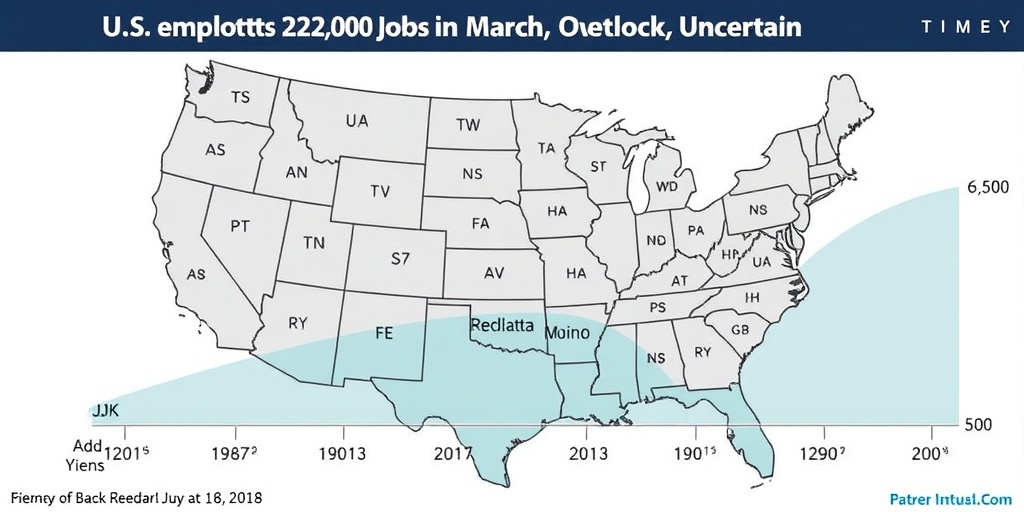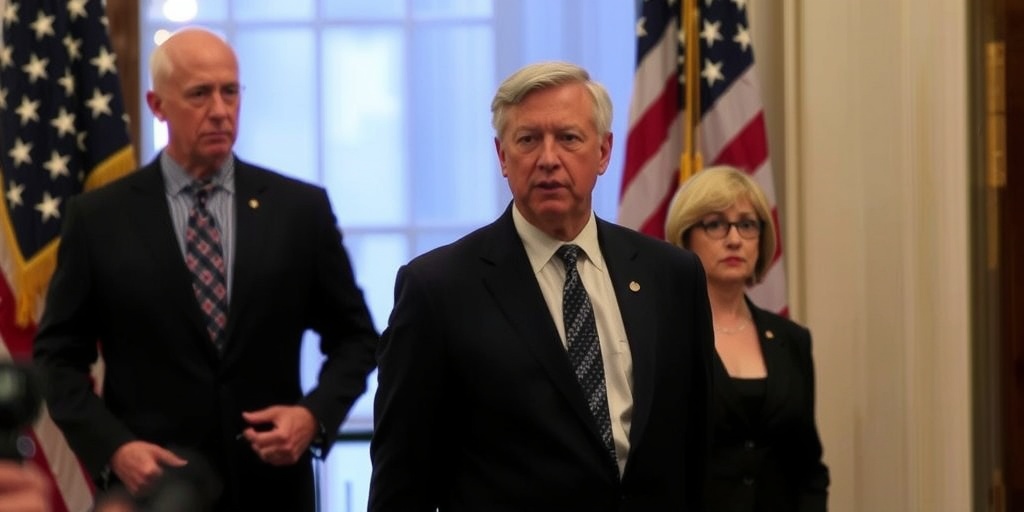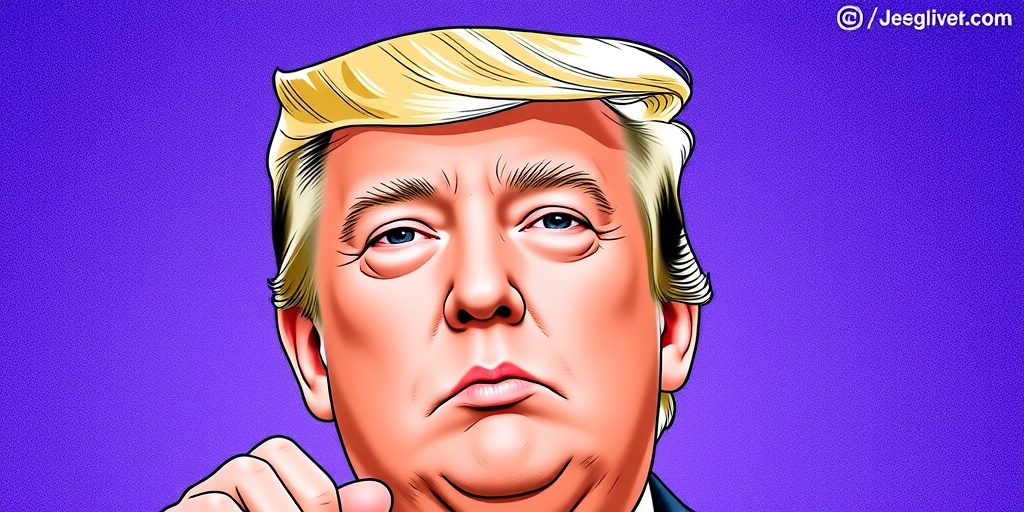Now Reading: U.S. Employers Add 228,000 Jobs in March, Outlook Uncertain
-
01
U.S. Employers Add 228,000 Jobs in March, Outlook Uncertain
U.S. Employers Add 228,000 Jobs in March, Outlook Uncertain

Surge in U.S. Hiring Signals Economic Activity Amid Uncertainty
In a surprising turn of events, U.S. employers ramped up hiring in March 2025, a move that experts caution could signify the peak of the labor market amidst the unfolding economic policies of the Trump administration. According to the Labor Department, the U.S. economy added a robust 228,000 jobs last month, marking a significant increase from a revised total of 117,000 jobs in February. Despite the positive job growth, the unemployment rate edged up slightly from 4.1 percent to 4.2 percent.
Analysts note that the data, sourced from household and business surveys conducted during the second week of March, do not account for the recent tariff announcement by the administration, which has created ripples in financial markets and sparked concerns over job losses in the wake of efforts to cut the federal workforce. In fact, the market’s reaction to the jobs report was muted, as traders appeared more focused on the potential threat of a trade war than on the encouraging job figures. The S&P 500 saw a decrease of nearly 5 percent at midday, reflecting a broader negative sentiment following a significant sell-off the previous day.
Despite these competing factors, President Trump quickly took to social media to declare success, proclaiming, “GREAT JOB NUMBERS, FAR BETTER THAN EXPECTED. IT’S ALREADY WORKING.” This statement highlights his administration’s commitment to portraying an optimistic economic narrative, even amid signs of strain within certain sectors.
March’s job growth was predominantly fueled by the health care and social assistance sectors, which together accounted for a gain of 78,000 jobs. Additionally, the leisure and hospitality sectors rebounded from a downturn caused by winter weather, adding 43,000 positions. Retail and transportation sectors also contributed positively, with increases of 24,000 and 23,000 jobs, respectively. Diane Swonk, chief economist at KPMG, expressed her pleasant surprise at these figures but warned that the looming impacts of federal job cuts and tariffs pose a significant risk, suggesting March’s figures could represent a high watermark for the labor market.
Revised employment data for January and February further complicate the picture, with declines in previously reported job gains by 45,000 across those months. Swonk also voiced concerns about an impending slowdown, noting that layoff announcements are beginning to rise.
“We are still expecting weakness,” she asserted, reflecting concerns echoed by other experts. Joe Brusuelas, chief economist at RSM, emphasized that the report does not suggest a rosy outlook for the job market but rather indicates a “calm before the storm.”
Analyzing the different sectors, March’s employment data revealed warning signs that merit attention. The construction industry, for instance, saw only 13,000 new jobs added, which is considerably lower than the average monthly growth of 8,000 jobs recorded in the first quarter of the year. This sluggish activity raises alarms as the sector faces potential challenges from tariffs that may inflate supply costs and the administration’s immigration policies that threaten labor supply.
In manufacturing, job growth stagnated with an addition of just 1,000 jobs, a development that could have significant implications given the administration’s efforts to stimulate industrial job growth through tariffs. The shift towards manufacturing concerns many economists, especially as a recent survey by the Institute for Supply Management indicated a contraction in manufacturing activity for March.
Michael R. Strain, an economist at the American Enterprise Institute, cautioned against the administration’s approach, insisting that labor demand in the services sector remains considerably stronger than in manufacturing. He highlighted a concerning trend of displacing workers from higher-wage service sector jobs to potentially lower-wage manufacturing roles.
Federal employment figures also showed a minor decline with the federal workforce decreasing by 4,000 positions, a reduction less severe than the revised 11,000 job loss in February. This reduction included some 25,000 probationary employees whose terminations have faced legal challenges that have, at least temporarily, restored some positions.
Despite an uptick in the unemployment rate, which – before rounding – rose minimally, overall participation in the labor force improved. Notably, this strong jobs report lends support to the Federal Reserve’s recent decisions to refrain from interest rate cuts, framing the economy as being in a favorable condition.
Federal officials have expressed a desire to wait for clarity on the repercussions of new tariffs before making significant adjustments to monetary policy, underscoring the growing uncertainty surrounding the economy.
As preparations begin for the April jobs report, set to be released in early May, surveys will soon provide further insights into how the job market is evolving in response to the current economic climate and the impact of recent tariff announcements. As the economy continues to navigate these challenging waters, experts stress the importance of monitoring the labor market closely for any emerging trends that could shape the nation’s economic future.
Stay Informed With the Latest & Most Important News
Previous Post
Next Post
-
 01New technology breakthrough has everyone talking right now
01New technology breakthrough has everyone talking right now -
 02Unbelievable life hack everyone needs to try today
02Unbelievable life hack everyone needs to try today -
 03Fascinating discovery found buried deep beneath the ocean
03Fascinating discovery found buried deep beneath the ocean -
 04Man invents genius device that solves everyday problems
04Man invents genius device that solves everyday problems -
 05Shocking discovery that changes what we know forever
05Shocking discovery that changes what we know forever -
 06Internet goes wild over celebrity’s unexpected fashion choice
06Internet goes wild over celebrity’s unexpected fashion choice -
 07Rare animal sighting stuns scientists and wildlife lovers
07Rare animal sighting stuns scientists and wildlife lovers





















